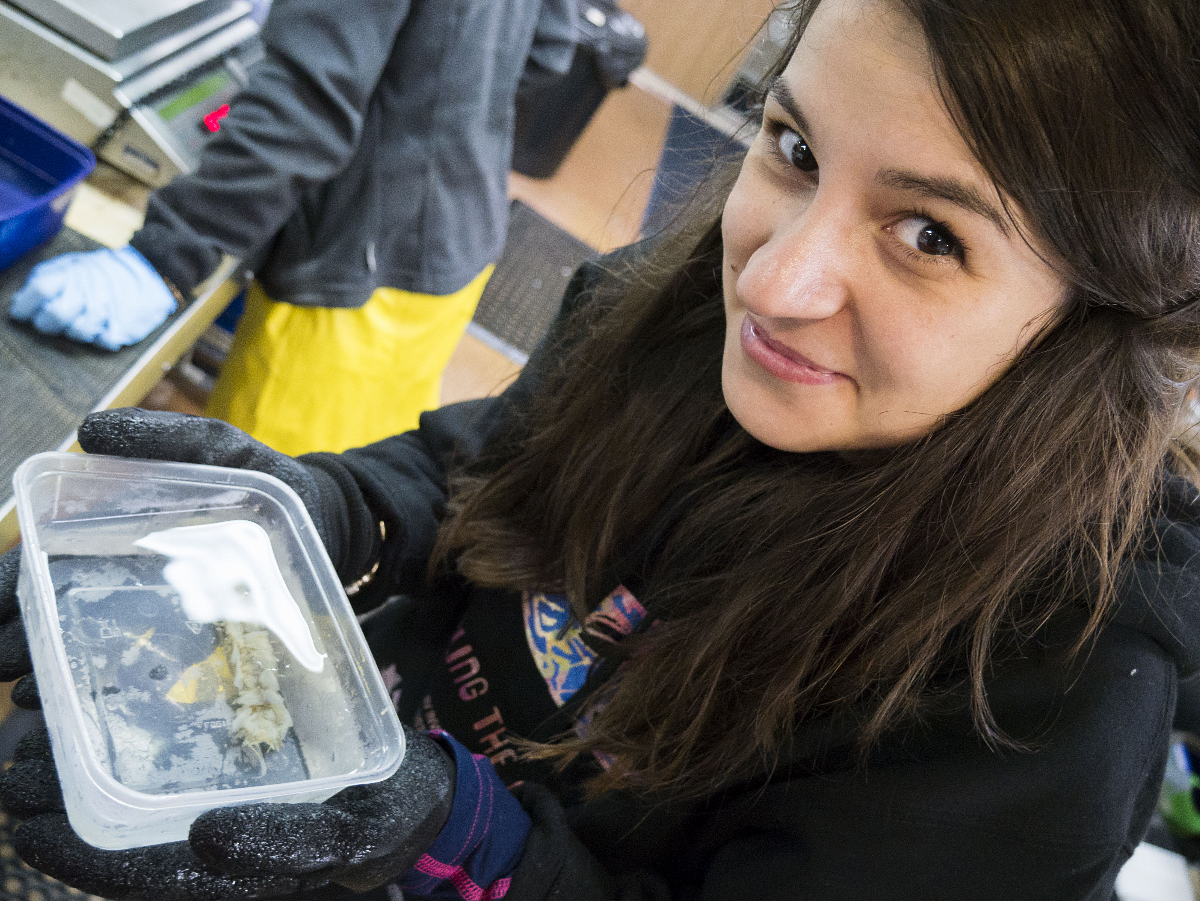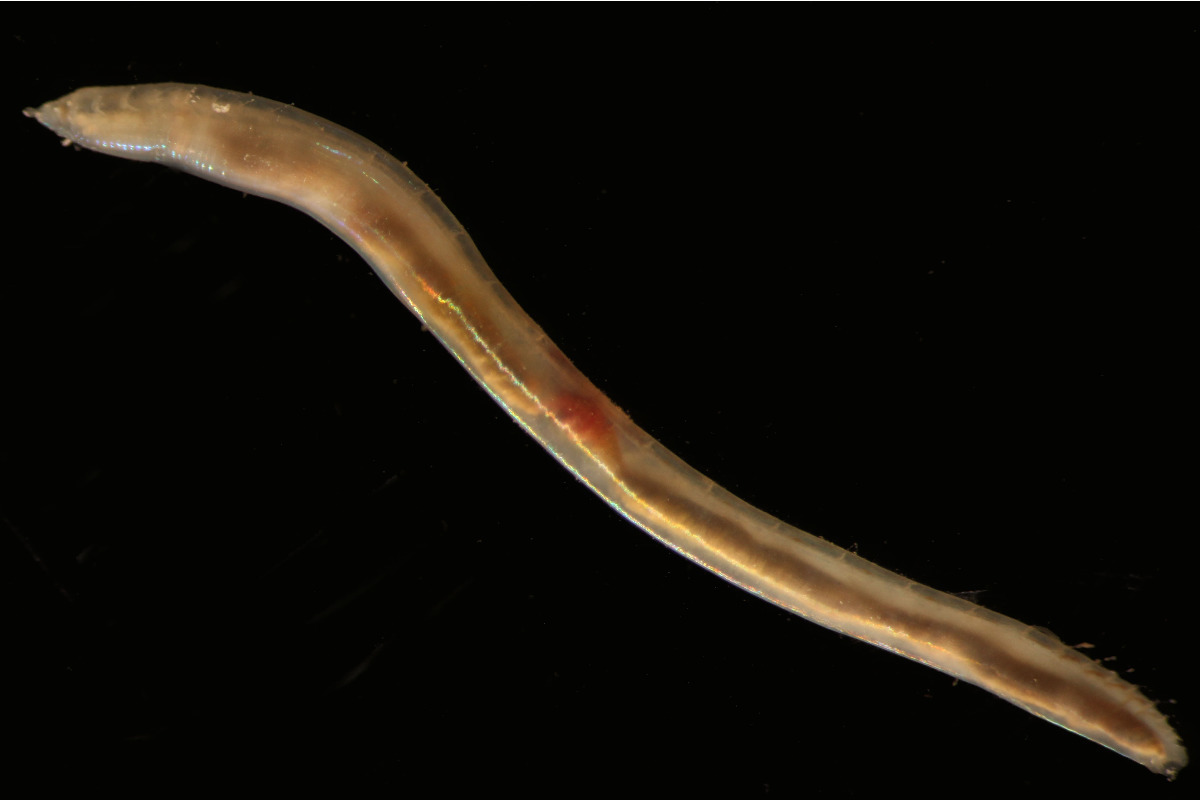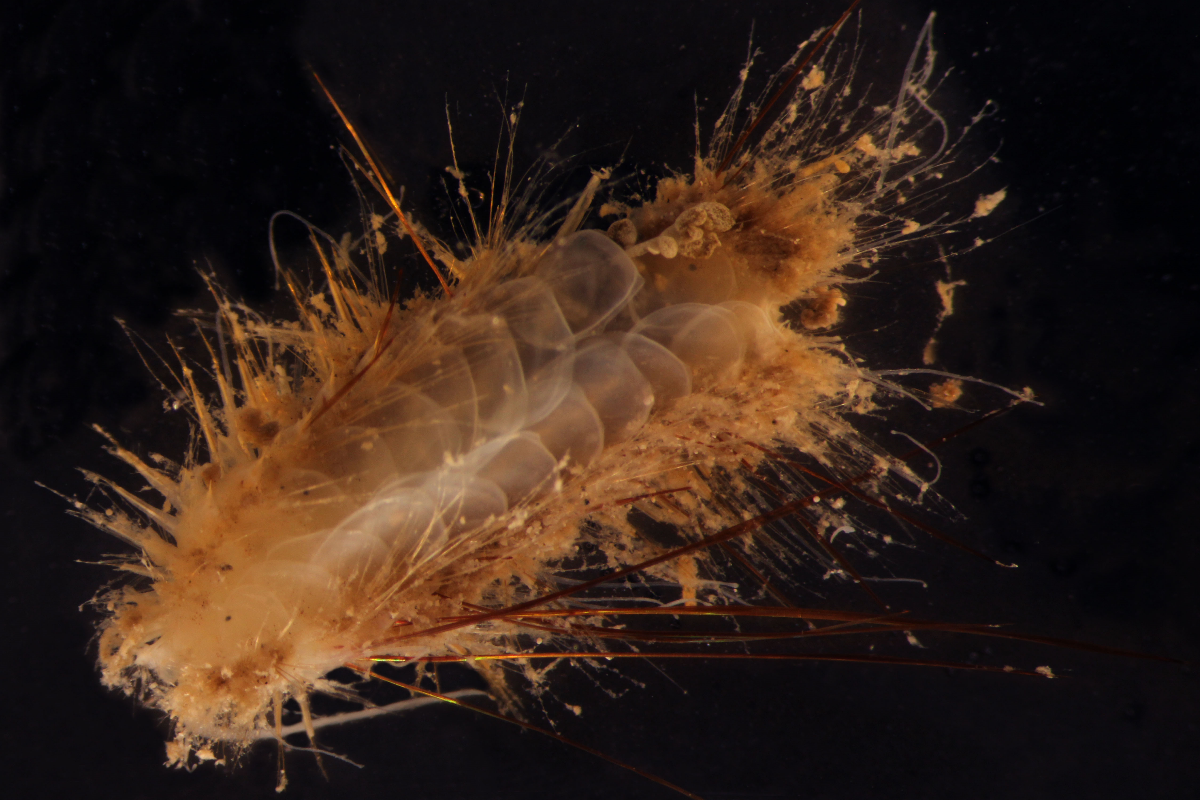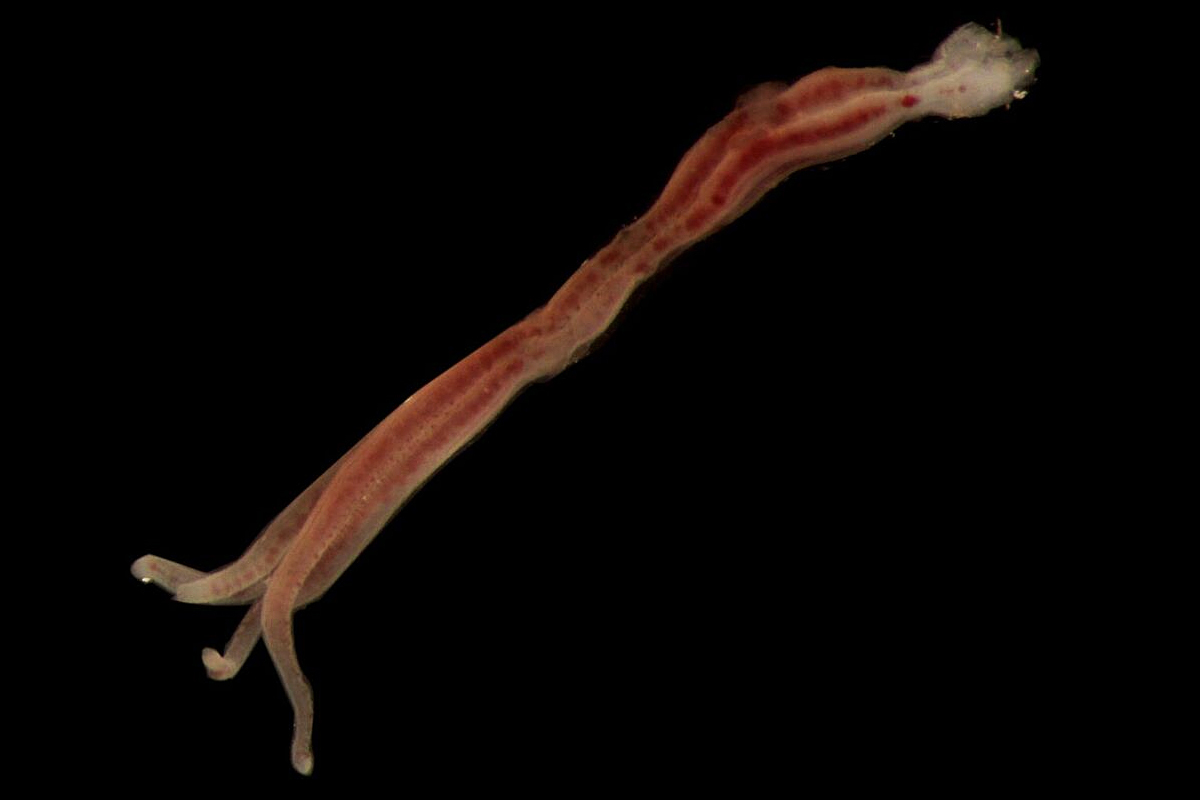May 23, 2017

 Day 9: Maggie Georgieva, Natural History Museum, London, UK
Day 9: Maggie Georgieva, Natural History Museum, London, UK
In the dark depths of the abyss, living within the fine sediment that covers much of these remote vast plains, are many polychaete worms! These worms belong to the phylum Annelida, which includes the earthworms and leeches that we find on land, but also has an astounding diversity within the oceans.
Polychaete worms occur in many different colours, shapes and sizes, but all have lots of chaetae, or hair-like projections along the sides of their bodies (polychaete literally means many chaetae). They can be found in pretty much all marine environments, from the rocky shore to the ocean trenches at more than 6000-metre depths. Much like their land-based relatives, polychaete worms are highly important members of the ecosystems they are part of, processing organic matter, forming a major part of marine foodwebs and also comprising much of the biodiversity of these areas.
But at depths of 4000 m, polychaetes can be tricky to find, especially as many can be as small as one millimetre in size. Collecting these critters requires some fairly elaborate deep-sea mud sifting and collecting devices, of which we have a range of on the CSIRO RV Investigator. And so far, we have managed to collect a wealth of polychaete types!
.png)
Our sampling at 2500─4000 m depths off the Australian coast has turned up several sphaerodorids. These usually tiny polychaetes are covered in tiny orbs known as macro- and micro-tubercles and papillae. Little is known about this group of polychaetes, which appear to pop up in all sorts of places, but never in large numbers.

One of our sampling sites was replete in opheliids, which are regular players in the deep sea, and are characterised by a silky smooth and often iridescent body that one would almost like to stroke, if they were big enough.
.png)
.jpg)
We've also found syllids and plenty of polynoids! Syllids, often beautiful worms, are renowned for their ability to reproduce in all sorts of crazy ways, one of which involves the production of miniature versions of themselves that bud off the end of the original worm. Polynoid polychaetes have a series of scales along their back.
We found the grubby polynoid (pictured below) at a depth of 4000 m at our sampling site in the Flinders Commonwealth Marine Reserve, but don't be fooled by its cute, hedgehog-like appearance! As well as chaetae, it also had massive spines along one side of its body, perhaps to make it not so tasty, and these worms also have prominent jaws which they can shoot out at unsuspecting prey by ejecting their pharynx.

We've also found paddle worms (phyllodocids), which have modified a portion of their segments into flattened paddle-like shapes with which they zoom around in the ocean, helping them to get ahead of their prey.

